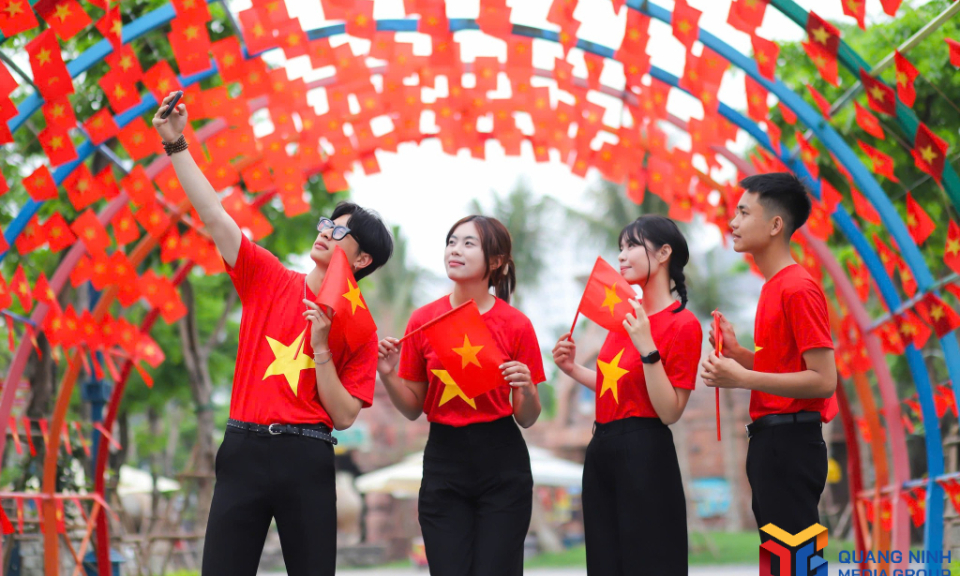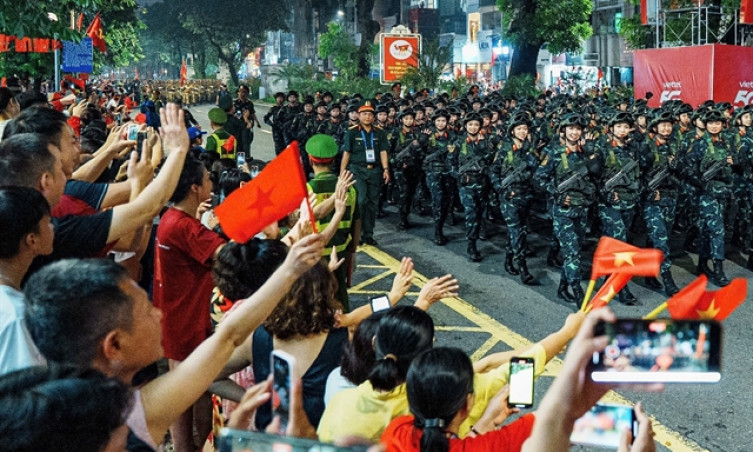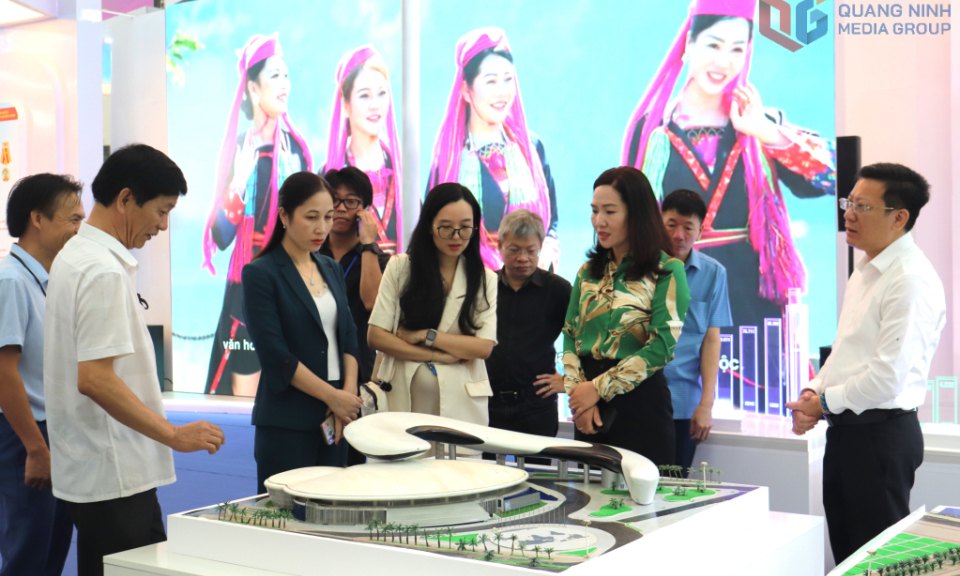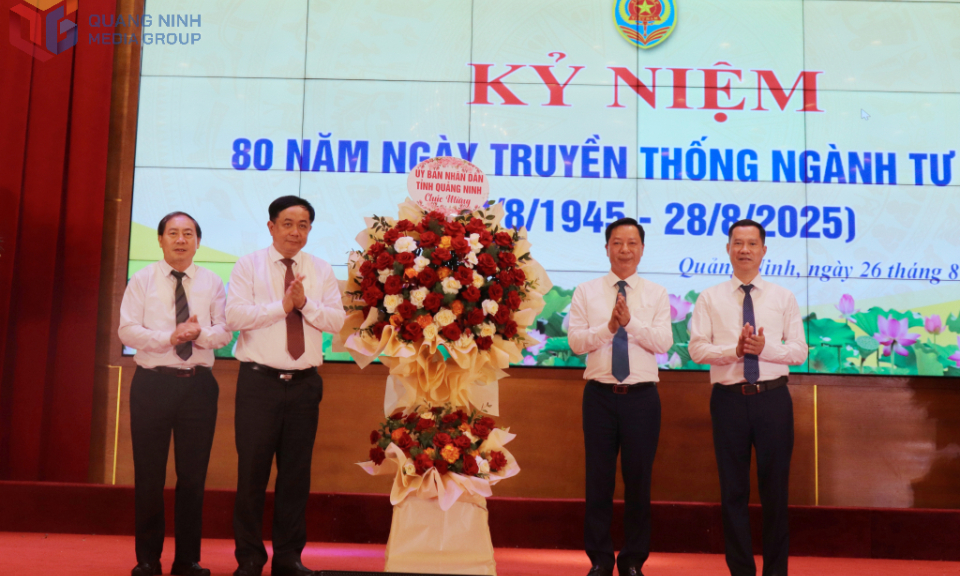Việt Nam to build nine new railways by 2030
Deputy Prime Minister Lê Văn Thành has signed a decision approving the railway system plan for 2021-2030, with a vision to 2050, which sets a target of building nine new railways by 2030.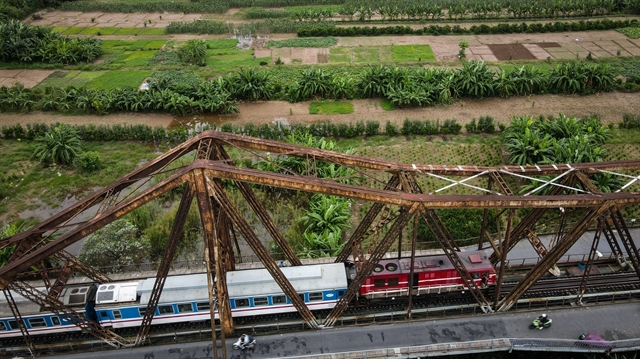
They will have a total length of 2,362km.
Under the plan, the railway industry will renovate and upgrade existing railways, connect with international transport routes; prepare capital and resources to start construction on new routes, with priority given to North-South high-speed ones and those linking gateway seaports, international airports, and main railways in major cities.
Specifically, the sector will upgrade the seven existing routes with a total length of 2,440km.
The nine new railways include a 1,545km north-south high-speed route connecting Hà Nội’s Ngọc Hồi station and HCM City’s Thủ Thiêm station, a 102km-long route connecting Hà Nội and northern Hải Phòng Port City, a 103km-long route connecting Vũng Áng Port and the Mụ Gia Pass along the Việt Nam-Lao border, and a 84km-long route connecting southern Biên Hòa City of southern Đồng Nai Province and southern Bà Rịa-Vũng Tàu Province.
They also include a 174km-long route linking HCM City and Mekong Delta's Cần Thơ City, a 128km-long route linking HCM City and Lộc Ninh District of southern Bình Phước Province (from Dĩ An railway station to the Hoa Lư border gate between Việt Nam and Cambodia); and a 38km-long route from Thủ Thiêm Railway Station in HCM City to Long Thành International Airport in southern Đồng Nai Province.
The total capital needed for both upgrading and building railways will be around VNĐ240 trillion (US$10.5 billion).
By 2030, the volume of goods transported is expected to reach 11.8 million tonnes, accounting for about 0.27 per cent of the market share, and the number of transported passengers will reach 460 million, accounting for a market share of about 4.40 per cent.
In order to fulfil the targets, the decision also put forward key measures and policies, including building and issuing mechanisms to encourage, support and create favourable conditions for domestic and foreign individuals and organisations to invest in railway transport and transport logistics services; continuing to attract and effectively use ODA capital sources and preferential loans of international donors in railway projects; socialise investment in railway services and logistics; mobilise all economic sectors, including foreign investors, to invest in means of public transports and construction of facilities supporting transport activities such as goods storage.
Other measures include reducing environmental pollution caused by railway transport activities, particularly in treating wastewater and industrial waste; promoting human resources training; and expanding international cooperation to learn from other countries' experience and science and technology in railway development.


